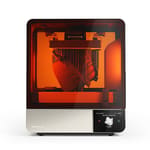Formlabs has revealed the Form 4L today: a large-scale version of the company’s Form 4 3D printer, released earlier this year, that comes in at about five times the size for a little over double the price at $9,999.
The company invited All3DP to its Berlin office to spend the day working through the machine’s 3D printing and post-processing workflow so we can bring you an early hands-on experience.
The Form 4L is Formlabs’ second crack at a large build volume resin machine, following the Form 3L that was announced in 2019. That machine expanded on the build volume of its smaller counterpart, the Form 3, but added a second laser light processing unit (LPU) to shorten the layer cure time against the growth in the build area. Unfortunately, the process was relatively slow and resulted in visible print artifacts where the two lasers met.
Formlabs Form 4 series machines depart from single-point laser LPUs in favor of the company’s new “Low Force Display” (LFD) technology, which uses an LCD masking layer that sits between a light array and resin vat to shape each layer all at one.
LCD masks and light arrays are far from unique to Formlabs – it is the bread and butter of low-cost desktop resin 3D printers and pricier (competitive) machines such as those from Nexa3D. With the Form 4, we’re seeing Formlabs, basically, recognizing the advantages it brings and catching up to the larger resin 3D printer market in its tightly controlled but mercifully convenient way. It leaves a good impression.
Hardware
Before we get into our brief time with the Form 4L, let’s talk about what makes the system stand out. If you’re more interested in our thoughts on what it’s like to work with the machine, skip ahead to the Printing section.
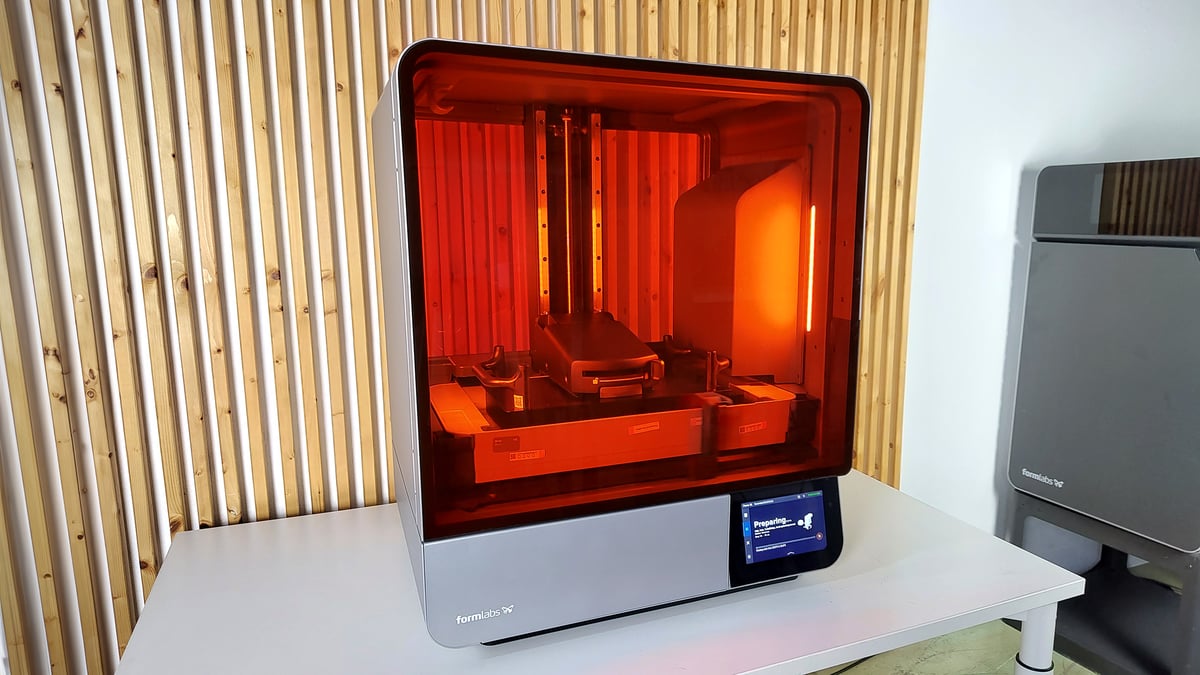
The Form 4L is monstrous in its 686 x 508 x 991 mm frame, which surrounds an ample 353 x 196 x 355 mm build volume. Though large at almost a meter tall, it’s undeniably elegant in appearance and workflow – exactly what we expect from Formlabs’ Apple-like approach to its ecosystem – but we’ll get more into the workflow later.
The unique aspect of Formlabs’ take on LCD printing is its Light Processing Unit 4 (LPU), a far cry from the lasers in a box Formlabs branded under the same name for its SLA machines. The LPU doesn’t revolutionize LCD technology, but it does put it into a convenient and – importantly – easily serviceable package with a few innovations mixed in to make things interesting.
The LPU packs the LCD and some peripheral technology like temperature detection into an aluminum frame fitted with electrical connectors that make it seem easy to install should you need a replacement. And you very well might: LCDs are consumable components and it’s important to note that, while simple to replace, combined custom components like this do raise the cost. Replacement LPUs for the Form 4 go for $665.
The resulting resolution on the Form 4L is rather pedestrian at 46 microns – budget desktop resin 3D printers are approaching 20 microns these days. That sounds like a big difference, but the implications here aren’t massive – we’ve been saying for years that resin 3D printer resolution has reached a point where the naked eye can’t tell the difference. This should be considered for applications like jewelers that require intricate models, or those with the most demanding tolerances. Otherwise, 46 microns is perfectly serviceable for most.
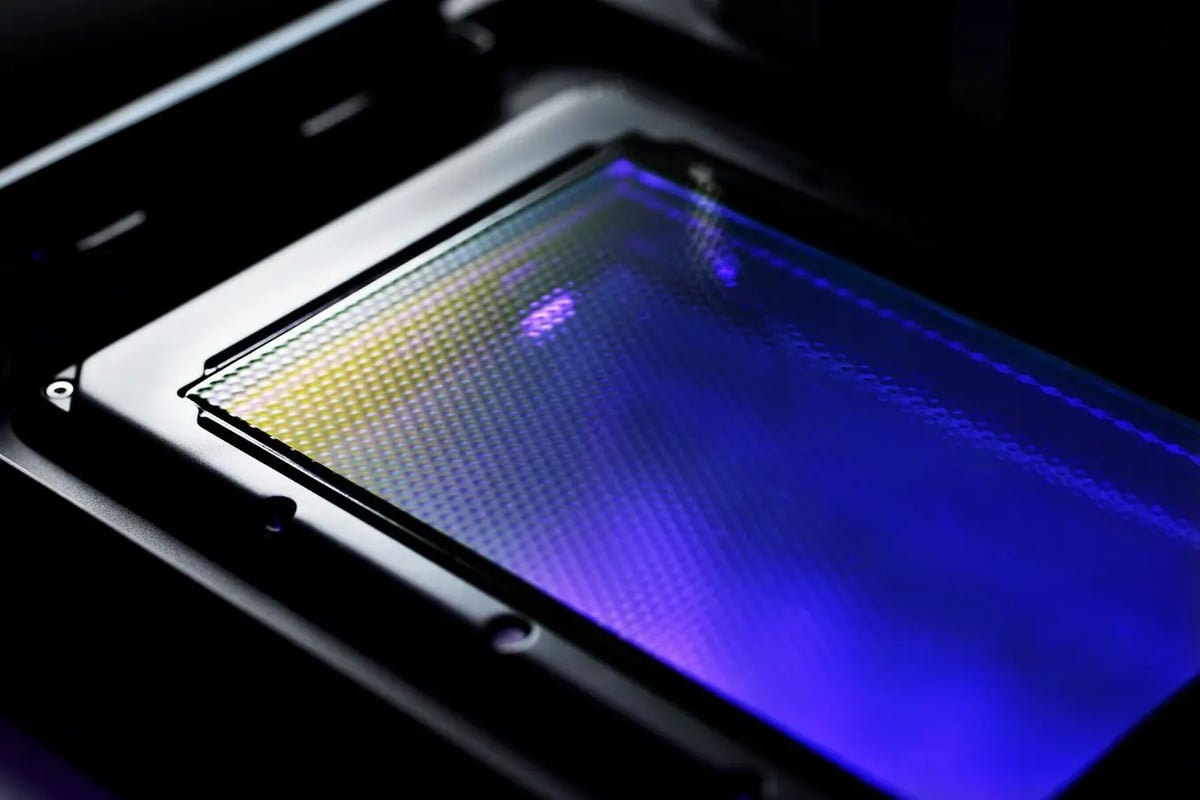
The interesting part of the LPU isn’t about the LCD, print quality, or even convenient servicing, but rather in how it manages printing speed.
When you’re aiming for speed, as Formlabs clearly is this generation of 3D printers, there are more ways to go about it than just optimizing layer cure time. One method is to increase the speed of layer changes: the process of lifting the model off the resin vat to get fresh resin below the model and press it down again, ready for the next layer to cure. Suction is the obstacle here, as a force that can cause part adhesion to fail, and it only becomes more problematic the more area a model covers. You can imagine that machines the size of the Form 4L must take care to navigate this.
Many printers tackle this with an added motion that tilts the build platform to allow a part to peel gradually instead of all at once. Formlabs decided to avoid solutions that add motion as potential hindrances to reliability and, instead, designed the LPU with a microtextured film that sits directly below the resin vat’s flexible layer to eliminate suction as an issue.
The process results in an 80 mm per hour printing speed, 20 mm behind the smaller Form 4’s 100 mm per hour spec but within expectations for a machine of the 4L’s size. “Extreme speed,” as Formlabs has touted its hardware, it is not. It doesn’t necessarily stand out, but it certainly has caught up.
Printing
Working with the Form 4L, it’s clear that Formlabs is tuned into the peripheral issues users experience while resin 3D printing, and that lessons have been learned from the system’s predecessor. For one, the 4L’s door opens on a horizontal hinge whereas its predecessor opened upwards like Formlabs’ smaller machines. That would require even more vertical space to store the already very large machine; the Form 4L avoids that problem.
Machine feedback is another way Formlabs shows it can make users’ time with its machines a little easier. Both the vat and build plate give quick beeps when they’re either removed or replaced in the machine, and the system’s latches both make taking the components in and out easy and solidify your confidence that everything is back in its proper, stable place.
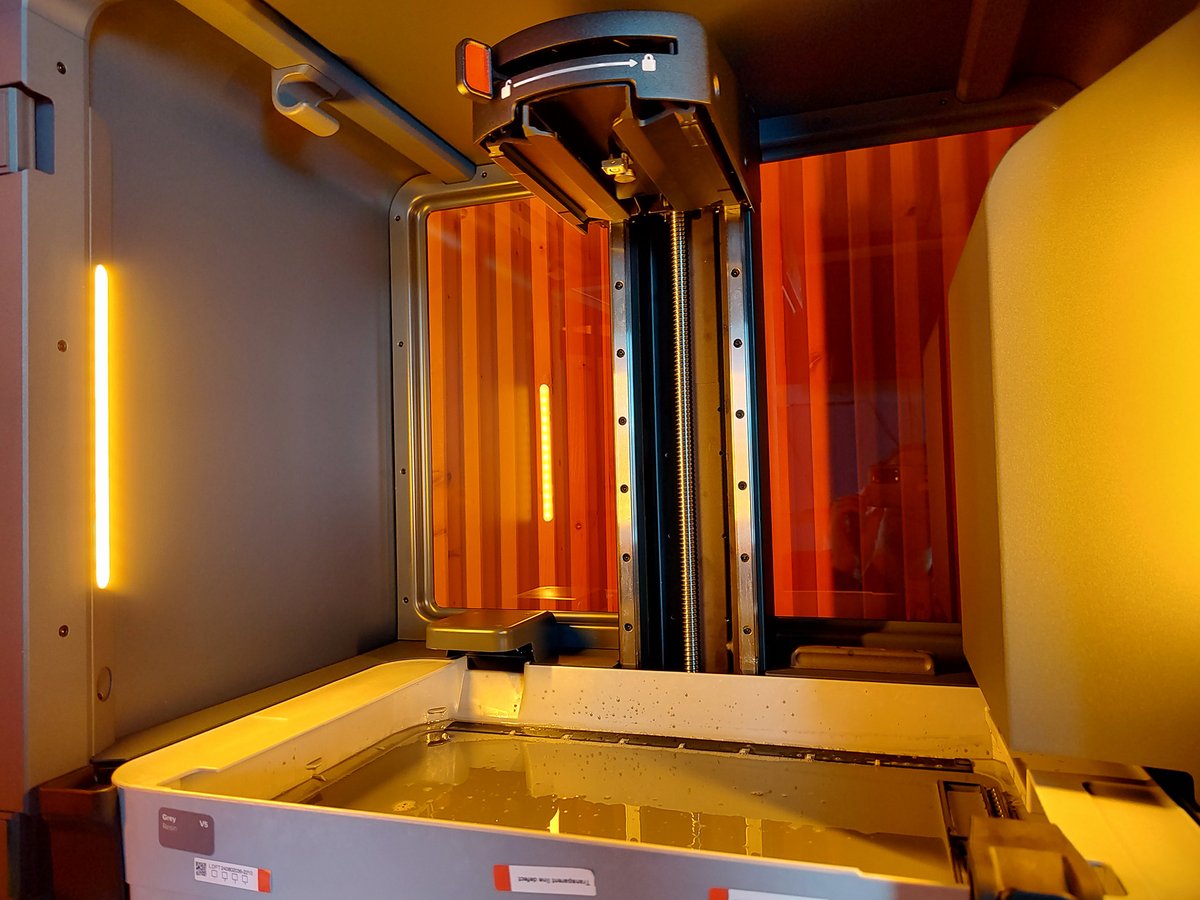
Cleanliness is a factor here, too. I was impressed by how well-contained any splatter was from the prints we ran – enough that I was comfortable removing the resin vat and build plate without gloved hands (you should still wear gloves). Granted, we only ran the machine for a few prints, but it was nonetheless impressive.
Overall interacting with the Form 4L’s parts can be done quickly, comfortably, and confidently.
The same convenience extends to interacting with Formlabs’ materials, which make resin 3D printing a much less messy ordeal. While automatic resin refill pumps are just starting to take hold in the consumer resin space, with mixed results, Formlabs are already experts at this with a simple slot-in-place interaction between the machine and the company’s materials.
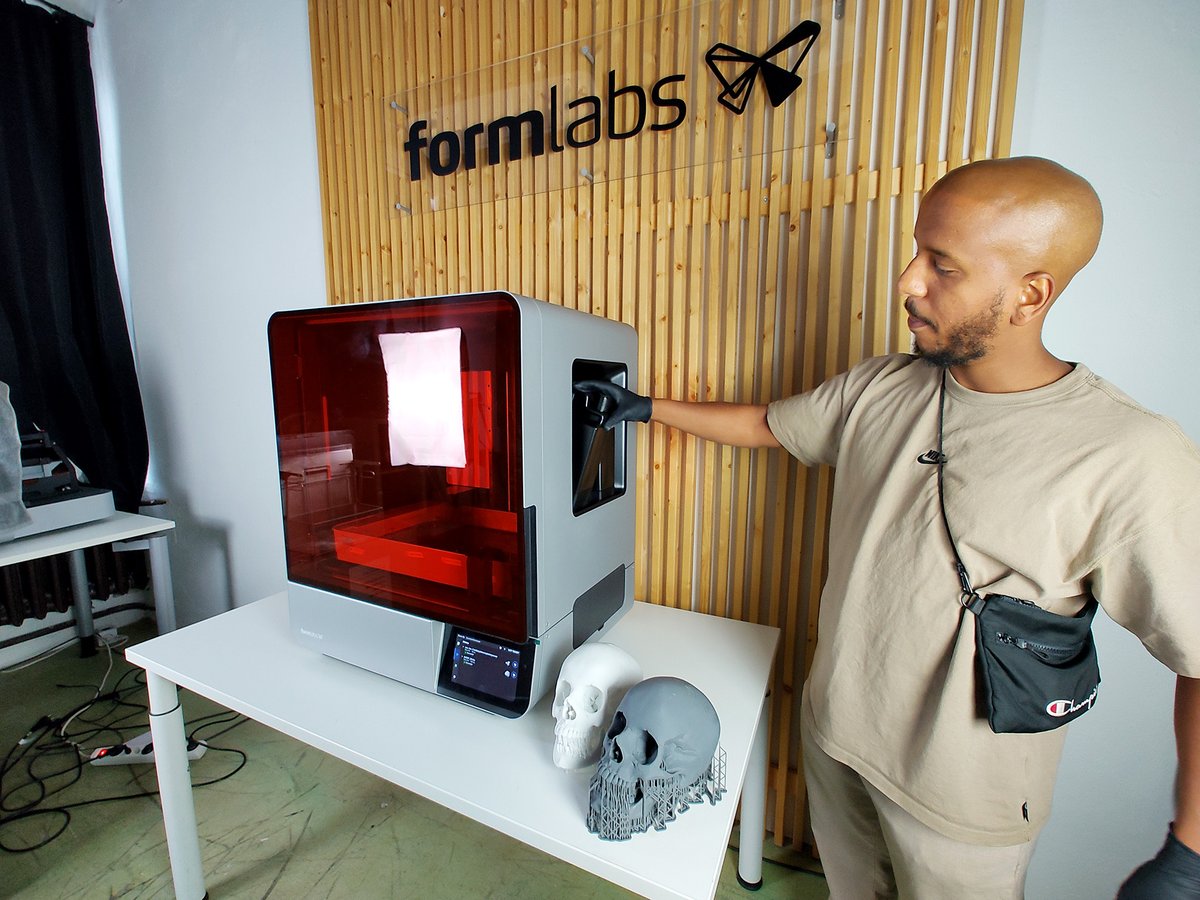
With this generation of printers, Formlabs has also updated its resin bottle design to fill the resin vat in three to five minutes. It’s a dramatic improvement on previous versions, which could take up to thirty, and crucial when about 760 ml of resin is required in the vat to print.
Formlab’s open material mode, a paid license that unlocks the ability to use third-party materials in the company’s printers, carries forward to the Form 4L. One license costs $4,999, and lasts a lifetime for one machine. That means that going the “open” route with the Form 4L balloons the system cost to $14,998, but unlocks potential cost savings and material qualities for users.
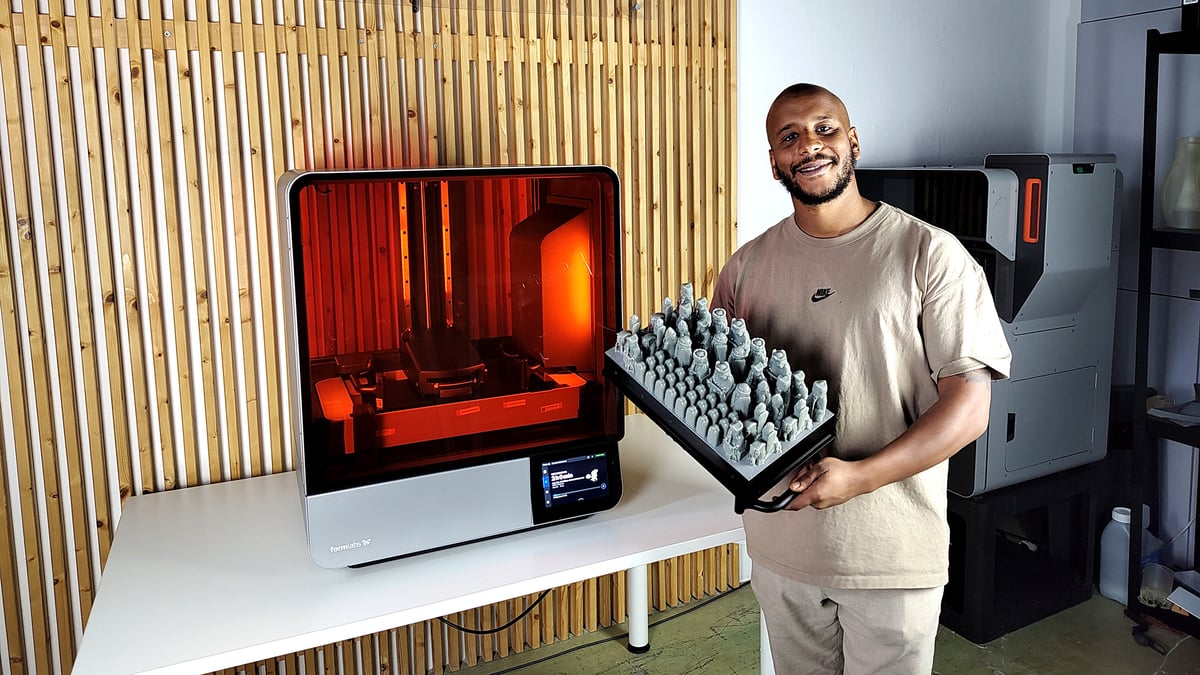
To put the Form 4L through its paces, we printed a few representative models: a single large model and a selection of models to fill the build plate.
For the large model, we went with a human skull which, with some room left over, shows the printer has space enough to print large single-part items like helmet prototypes, or medical models and devices that have become a significant part of Formlabs’ business.
To fill the Form 4L’s build volume, we printed recreations of the historic Lewis Chess Set, resized to accommodate a modern chess board but still very large compared to modern chess pieces – the largest piece being 34.77 x 48.25 mm at the base. We managed to fit a full set and a half of the large pieces on the 4L’s build plate. At a 0.2 mm layer height using Formlabs’ Fast Model resin, the solid sets printed in about an hour and a half, using nearly 2 liters of resin.
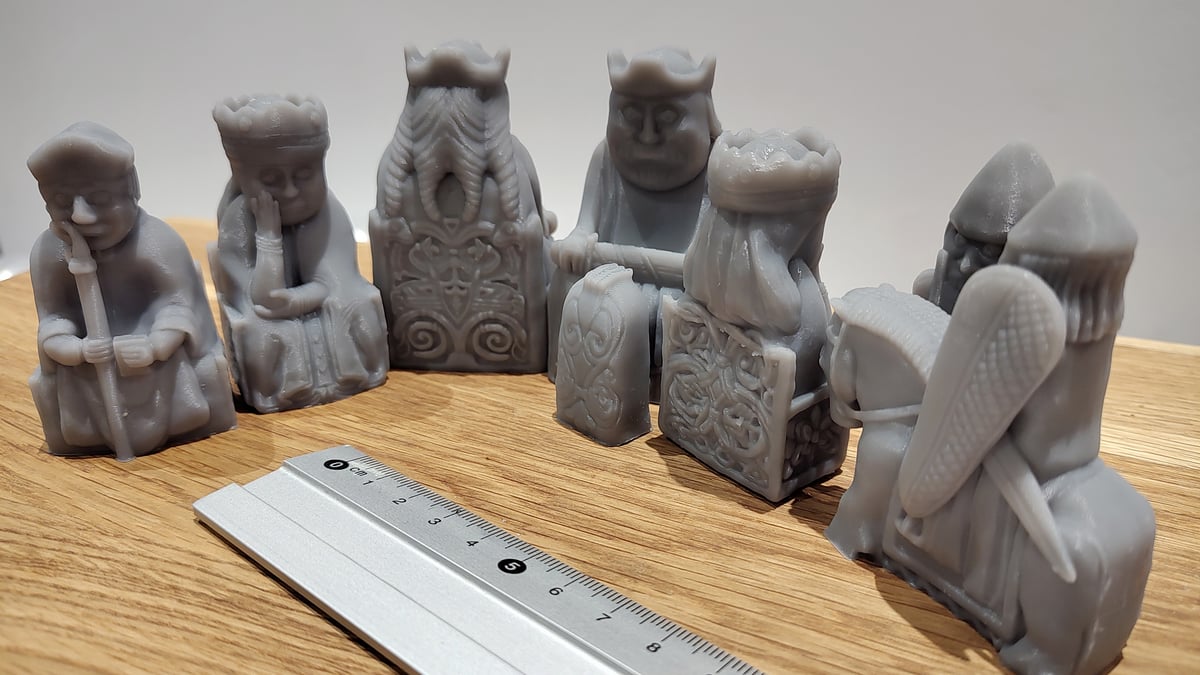
That number is important, too, because Formlabs has released some tools to make it easier to save resin in this release by integrating hollowing and drain hole workflows into its slicing software, Preform. These have long been standard tools on the consumer side of resin 3D printing and Formlabs has, until now, expected users to design with these features in mind or rely on third-party tools should they want them. If you’re printing large plates on the fly, these simple tools finally landing on Prefrom should save you a fair amount of time, if not resin.
Should You Buy One?
We’ve invited some comparisons to consumer machines in this review, and while it’s important to note the different market demands between consumer machines and professional systems like the Form 4L, understanding the closing technology gap in the significantly more affordable market is also important.
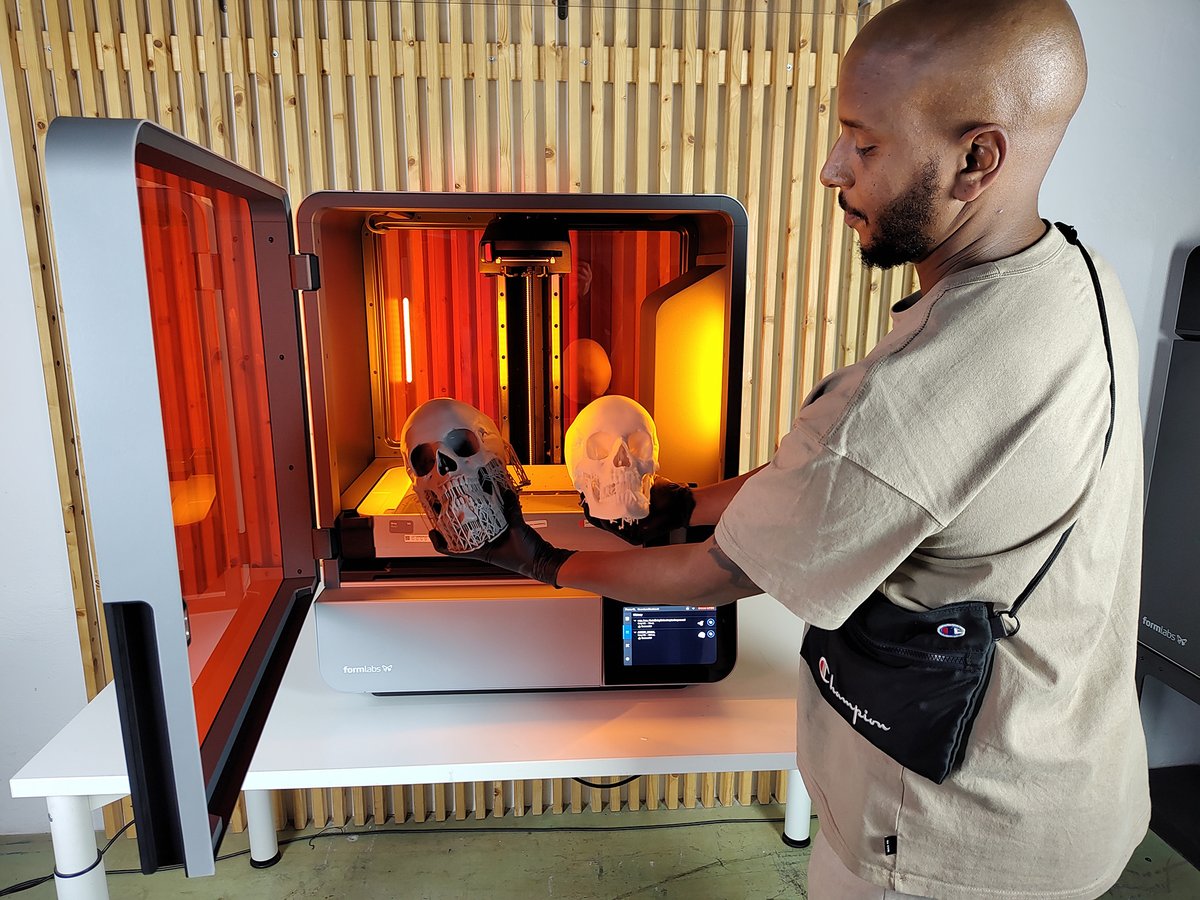
UniFormation’s upcoming GK3 Ultra, for example, comes close to the Form 4L’s printing volume at 300 x 160 x 300 mm and shares many of the features we love about the UniFormation GK2 – our current pick for the best resin 3D printer under $1,000. UniFormation’s machines pack comparable convenience features to the Form 4L when it comes to interaction, but the GK3 Ultra boasts nearly double the resolution at 26 microns for close to a tenth of the 4L’s $9,999 cost at just ~$1,200.
Formlabs’ system is somewhat faster, but accessibility and serviceability will likely be what is in focus for professional usage – both qualities the Form 4L has in spades.
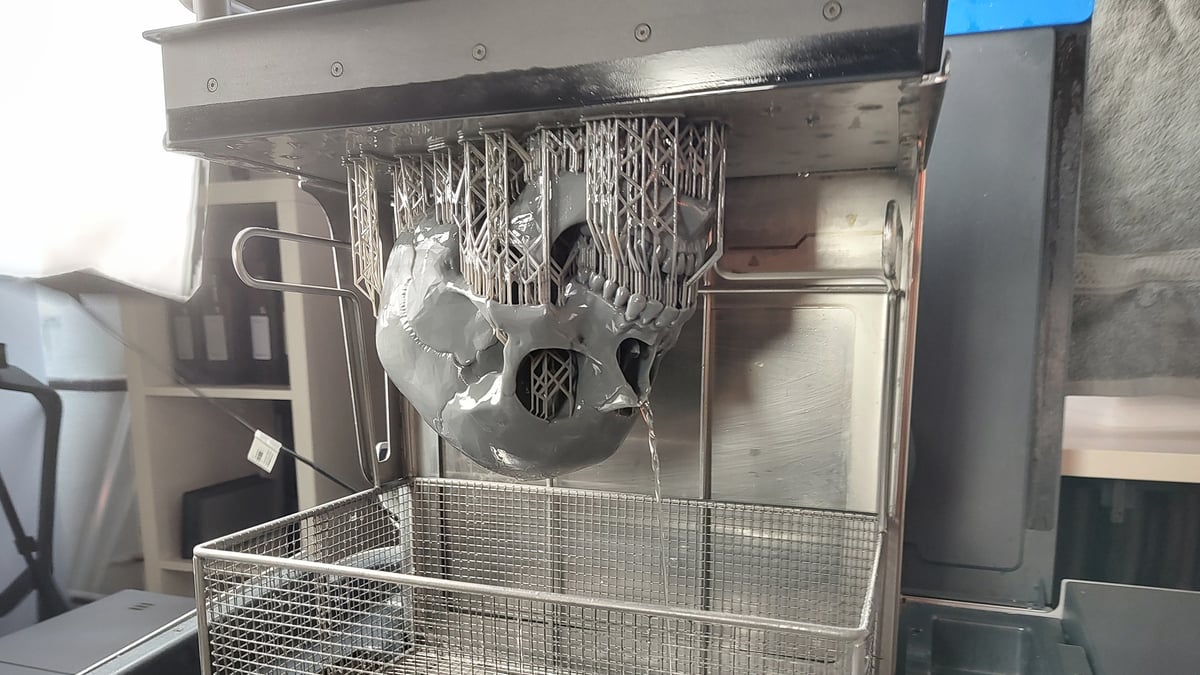
It may be fine for a small operation with an enthusiast on staff to spend some time figuring out and occasionally troubleshooting or servicing a comparable consumer machine to save costs upfront, but many businesses will find the ~$8,800 premium a worthwhile trade for professional-grade servicing. And among professional systems, Formlabs’ offering is downright affordable.
The Photocentric Liquid Crystal Magna, is even larger at 510 x 280 x 350 mm, and is probably the closest comparable offering from a company that can offer similar reliability and customer care. It has a noticeably lower 137-micron resolution for more than double the price at $24,000. Costs rocket higher from there, with the Nexa3D XiP Pro offering a comparable 292 x 163 x 410 mm build volume and 46-micron resolution for $60,000.
With competition like that, the Form 4L’s value proposition seems pretty clear.
License: The text of "First Impressions of Formlabs’ New Large-Scale Form 4L Resin 3D Printer" by All3DP Pro is licensed under a Creative Commons Attribution 4.0 International License.
CERTAIN CONTENT THAT APPEARS ON THIS SITE COMES FROM AMAZON. THIS CONTENT IS PROVIDED ‘AS IS’ AND IS SUBJECT TO CHANGE OR REMOVAL AT ANY TIME.

